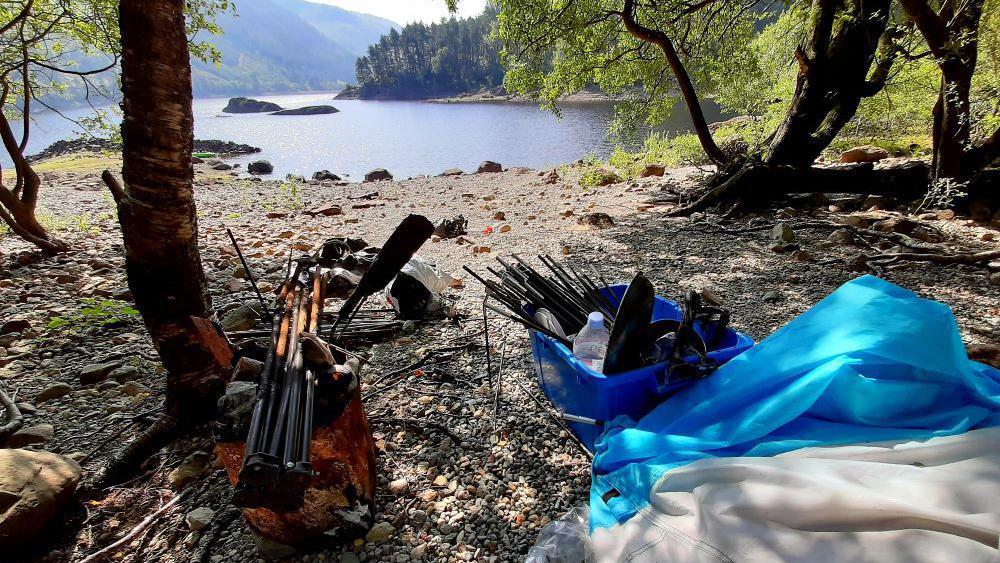Understanding the Growing Problem of Littering and Illegal Camping
A landscape charity has initiated an online survey to better understand the extent of littering and illegal camping within a national park. The goal is to gather insights from local residents about whether these issues are becoming more prevalent. The organization, Friends of the Lake District, aims to use the data collected to advocate for stronger measures, such as increased ranger patrols in high-traffic areas, stricter enforcement against those who leave waste behind, and improved strategies to prevent such behavior.
Certain areas, including valleys, roadsides, and lake shores, have become particularly vulnerable to these problems. According to the group, the issue of people leaving trash and camping without permission has worsened in recent years. This trend appears to be linked to a surge in social media content where influencers share their experiences in the area without promoting responsible behavior or adhering to the Countryside Code—a set of guidelines designed to protect natural spaces.
The influence of social media has drawn attention to the problem, with some organizations taking action to address it. In May, the Lake District National Park Authority announced plans to fund initiatives aimed at discouraging fly camping and littering. These efforts reflect growing concerns over the impact of irresponsible behavior on the environment and local communities.
Environmental and Social Consequences
Kay Andrews, the engagement lead for the organization, highlighted the long-term effects of littering. “The lasting effects of leaving rubbish in the landscape aren’t just visual,” she said. “Litter can kill wildlife and livestock, damage soils, leach into water systems, and cause health hazards. Barbecues and fires can easily spark wildfires during the summer months.”
Such actions not only harm the natural environment but also diminish the experience of other visitors who come to enjoy the beauty of the Lake District. Local communities face additional stress and emotional distress when they witness the degradation of their surroundings.
Social media platforms have played a significant role in shaping public perception of the region. Posts related to the Lake District are highly popular, with approximately 6.4 million tags used on Instagram alone. This compares to 2.4 million for the Peak District and 1.9 million for Northumberland. The widespread interest highlights both the appeal of the area and the potential risks associated with unchecked tourism.
Efforts to Promote Responsible Behavior
As awareness of the issue grows, various groups and authorities are working to encourage responsible behavior among visitors. Campaigns emphasize the importance of following the Countryside Code, which includes tips on minimizing environmental impact, respecting wildlife, and keeping public spaces clean.
In addition to official initiatives, community-led efforts are also gaining momentum. Local volunteers often participate in clean-up activities and educate visitors on sustainable practices. These grassroots movements play a crucial role in preserving the natural beauty of the area for future generations.
For those interested in staying updated on developments and conservation efforts, there are several ways to follow the latest news. Regular updates can be found on platforms such as X, Facebook, Nextdoor, and Instagram.
Ongoing Challenges and Future Actions
Despite these efforts, challenges remain. Reports of campers abandoning tents, rubbish, and even uncooked food continue to surface, highlighting the need for ongoing education and enforcement. Some individuals have faced fines for illegal camping, signaling a shift toward stricter penalties for those who disregard rules.
The Lake District remains a cherished destination for nature lovers, but its preservation depends on the collective responsibility of visitors and residents alike. By promoting awareness and encouraging mindful behavior, the community can help ensure that this iconic landscape remains protected for years to come.







